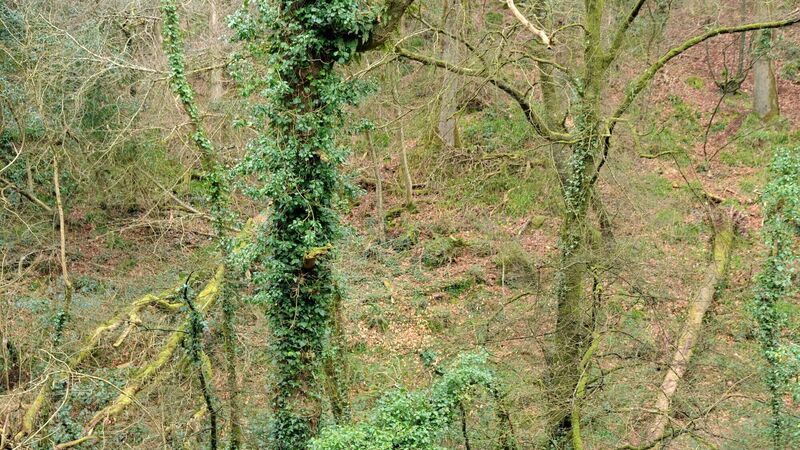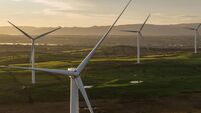Ireland has EU's second highest per-person greenhouse gas emissions

Ireland also lags near the very bottom of EU countries when it comes to forest cover. Photo: Denis Minihane
Ireland had the second-highest greenhouse gas emissions per person in the EU two years ago with agriculture and transport the highest emitters, and it also lags near the very bottom of EU countries when it comes to forest cover.
That is just some of the data highlighted in the Central Statistics Office's (CSO) environmental indicators in Ireland which include greenhouse gas emissions, water, land use, and population.
CLIMATE & SUSTAINABILITY HUB













